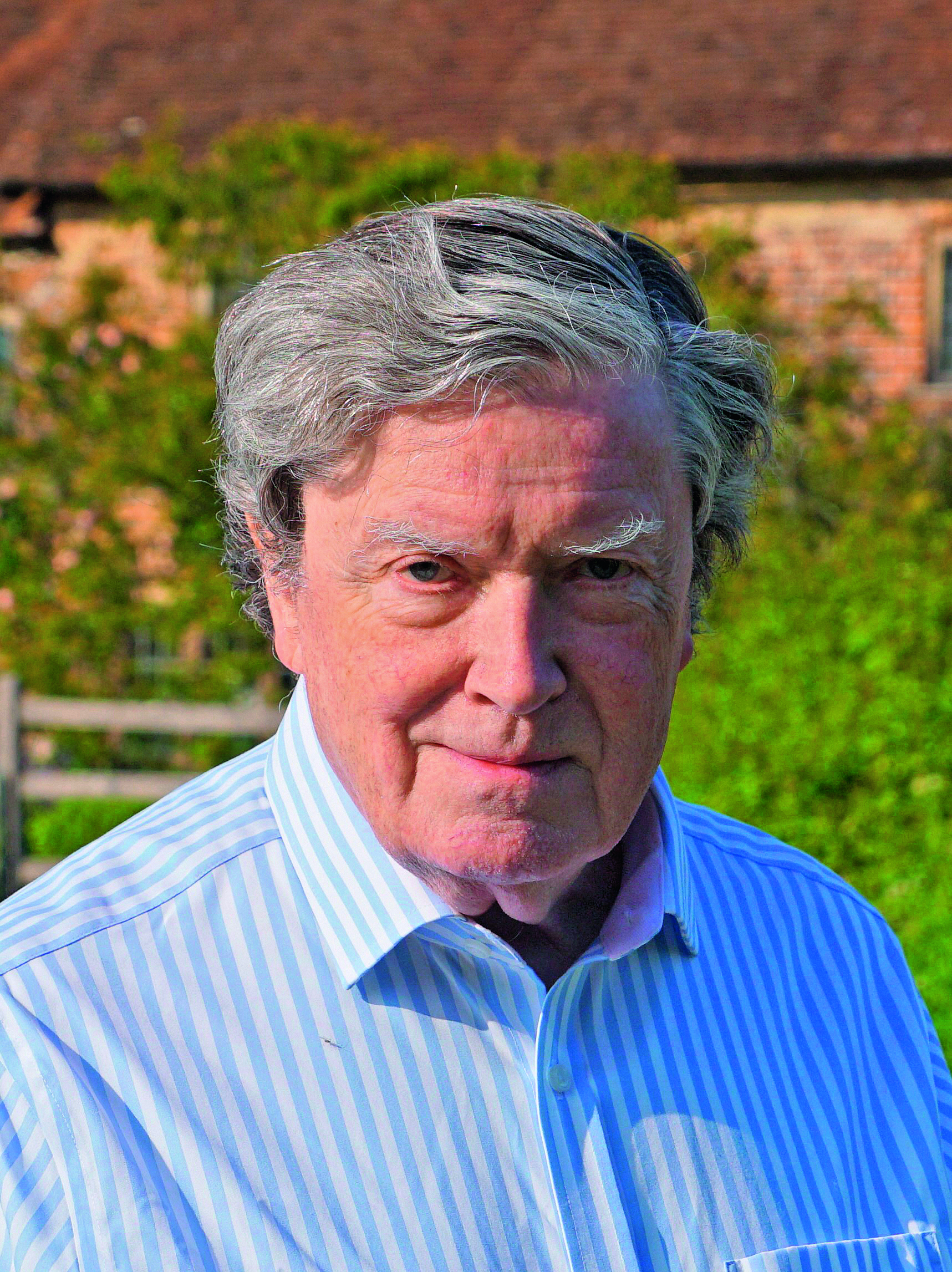David Austin, Britain's late, great king of roses: The man who brought about 'a revolution in taste, expectations and how we garden'
Charles Quest-Ritson pays tribute to David Austin, the rose breeder and entrepreneur who passed away at the end of last year aged 92.
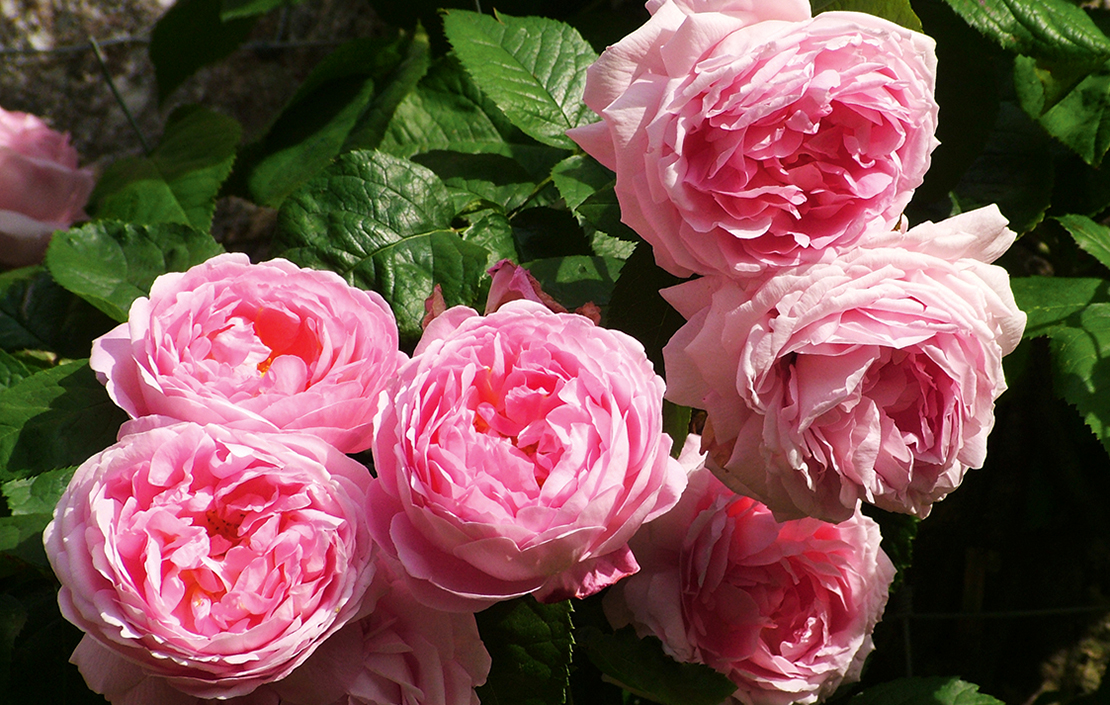
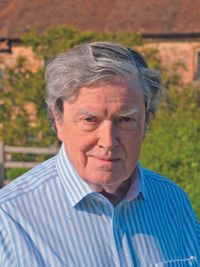
Much has been said about the achievements of the late David Austin in developing a new race of ‘English’ roses that combine the qualities of two traditions, the ancient and the modern. Less has been written about the man himself: courteous, hesitant (he was dyslexic) and rather shy.
I first corresponded with him 40 years ago, when I complained that a rose I had ordered from him had, for the second year running, not been available.
He wrote me a charming letter, explaining how difficult it was to know, at the time his catalogue went to print, exactly how many of his budded plants would be saleable on time – the winter of 1978/79 had been a killer. I was impressed, and somewhat chastened, that he had replied to me personally and at length.
Plant breeding attracted him from an early age. What fascinated David about roses was discovering the genes that lay within them, ready to find expression among the thousands of seedlings he raised every year. The art of successful rose-breeding lies in selecting the best ones to introduce. Imagine 100,000 little roses all pushing up their first cheerful flower in a vast, heated greenhouse and having to decide which three or four might, eventually, be a commercial success.
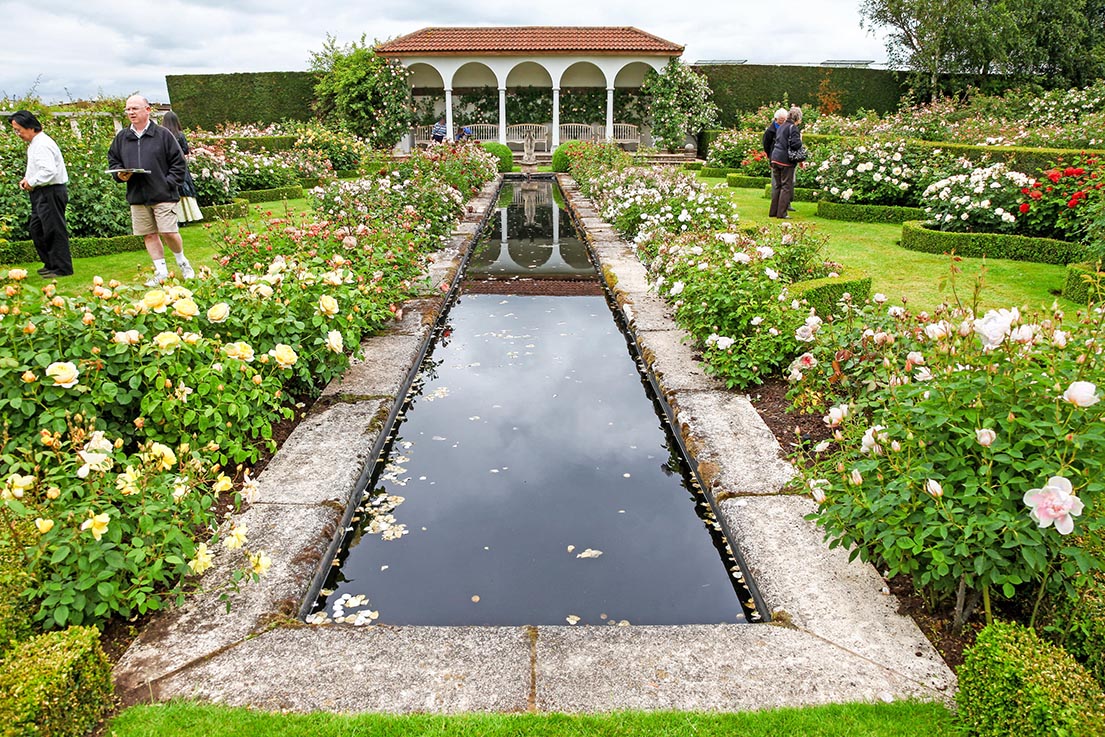
Gardeners and garden lovers adored the sort of rose that came to be thought of as typical of his work: large flowers that opened out to reveal a mass of small petals arranged in a pretty shape and endowed with a strong scent – pretty to look at and a treat for the nose.
Sometimes, David would select and introduce a rose that seemed completely counter-intuitive – often single-flowered, such as Robbie Burns or Rose of Picardy. His fans were puzzled. These were not the blooms they expected of him, but he appeared not to mind if they didn’t sell. He simply said they were beautiful and rather regretted that customers didn’t see them as he did.
The explanation he gave me ran as follows:
Exquisite houses, the beauty of Nature, and how to get the most from your life, straight to your inbox.
‘Roses are grown in almost every garden in this country and also very widely overseas. It is therefore important that they have as much variety as possible and do not all come in the same form of flower and growth. Indeed, diversity is one of the most important of our concerns when we are breeding our roses. This makes our job much more difficult, but I think it is worth the effort.’
David found beauty not only among his roses. Beauty mattered. He adored the English countryside, especially the Shropshire hills. His drawing room was lined with books on English history and classics from English literature. How he christened his roses – Othello, Lochinvar, Tess of the d’Urbervilles or Wife of Bath – reflected his deep love of reading. Benjamin Britten and Sir Edward Elgar commemorate his love of English music.
Indeed, it was, above all, his Englishness that defined David Austin: if you want to know what exemplified the tastes of a civilised 20th-century Englishman, you have only to look through a list of his creations’ names.
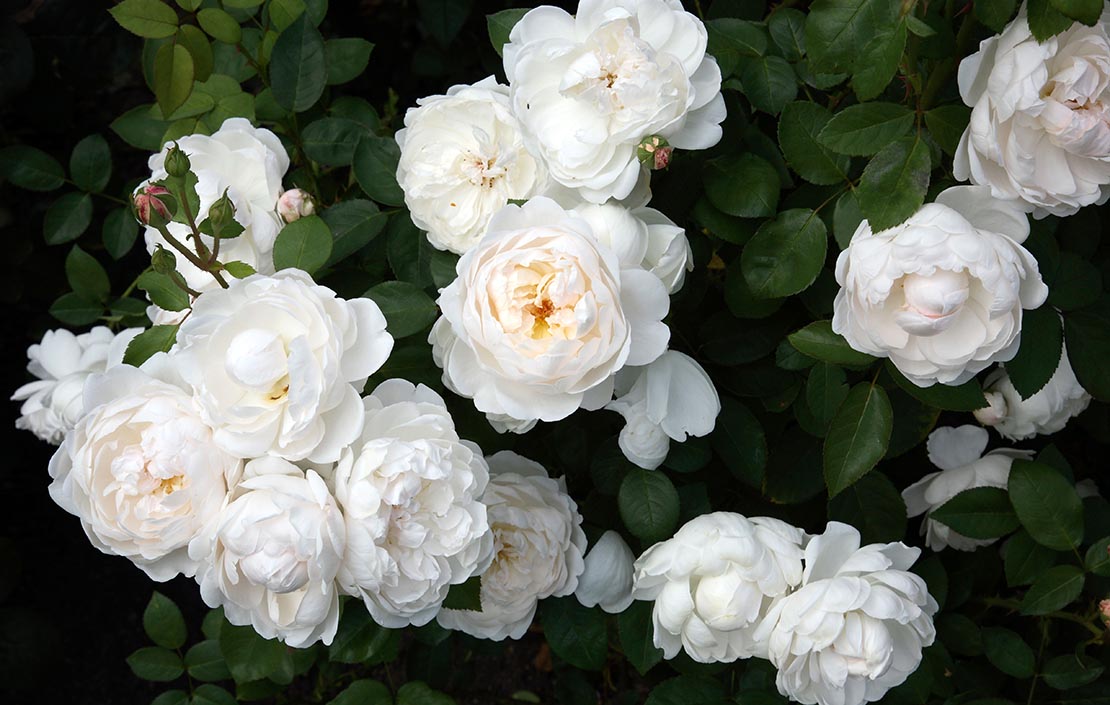
David considered his ‘English’ roses as a continuation of the old varieties, most of them French, bred in the 19th century. They pointed the way to the future development of roses. He was quite right about this.
Such was the popularity of his roses that other breeders, all over the world, began to develop varieties that shared the qualities of scent and beauty David insisted all roses should exhibit. Yes, growers still produce Hybrid Teas and Floribundas, but gardeners today expect their roses to look as if they’ve leapt out of a painting by Fantin-Latour. David’s single-handed achievement was to bring about a revolution in taste, in what we expect of our roses and in how we garden.
David told me much that was left unsaid in the formal obituaries and eulogies. How the family farm was rendered uneconomical by compulsory purchases. How he ran a garden-maintenance business to make ends meet. How he actually went so far as to breed and introduce an orange-red Floribunda in 1968 (it was called Gypsy’s Wine Cup and is long forgotten). How, in the early years, his business was, for a time, administered by his bank, until it was clear that he was well on the way to success and solvency.
David’s story is one of obstinate determination, slow-to-come recognition and a final ascent to fame and glory. His long life – he was of my parents’ generation – made it possible for me to know him well in his later years. We talked at length about roses and their histories. We spent hours scrutinising his seedlings. I learned much from his ever-lucid intellect. And I am most grateful for his friendship.
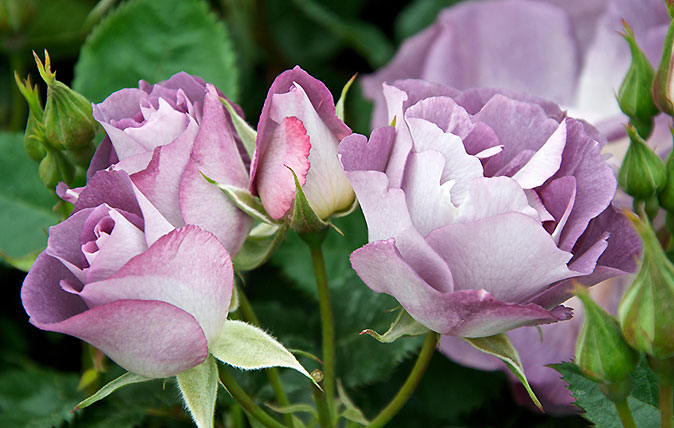
Ultimate guide to growing roses: What to plant, where to plant it, and why you really don’t need to prune
Charles Quest-Ritson, author of the RHS Encylcopedia of Roses, tells you everything you need to know about growing roses.
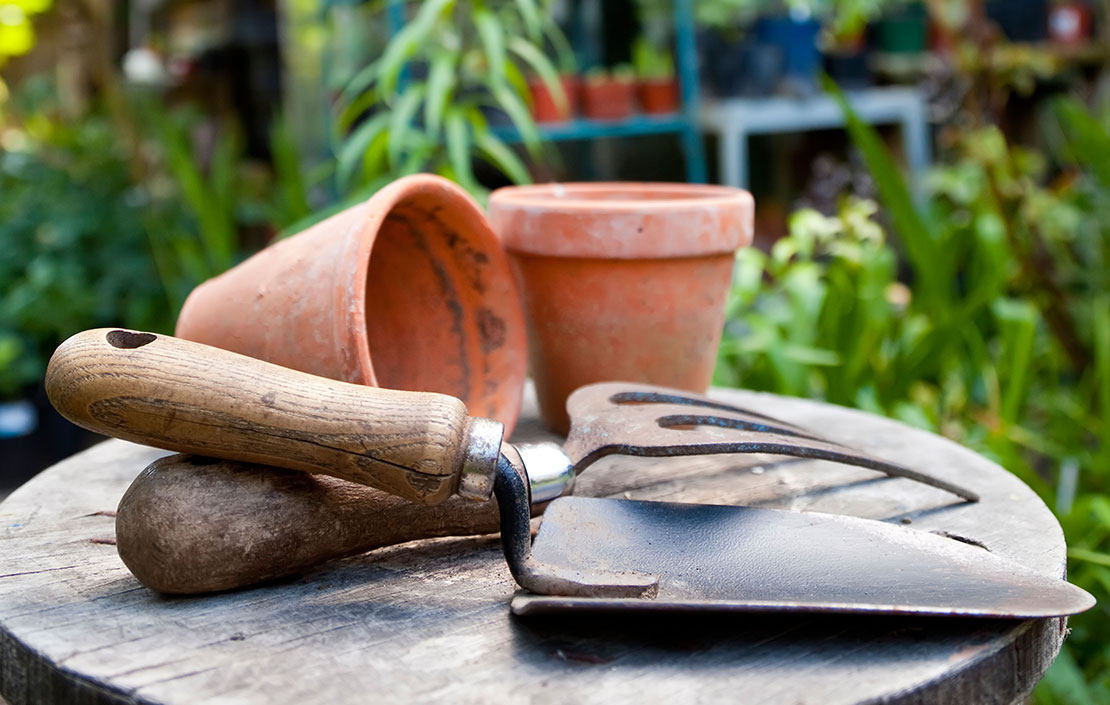
Credit: Alamy
Country Life’s best gardening tips of 2018: Wisteria, Christmas trees and getting rid of box moth caterpillars
Our panel of experts includes writer and broadcaster Alan Titchmarsh and Charles Quest-Ritson, author of the RHS Encyclopedia of Roses
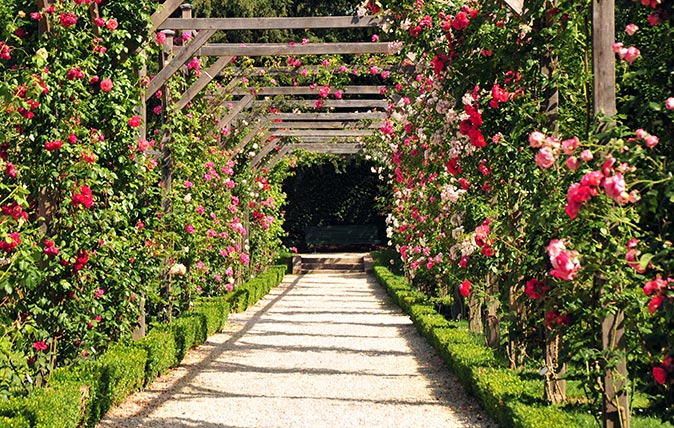
Credit: Getty
A peek behind the scenes at France's annual rose extravanganza at the Parc de Bagatelle
Charles Quest-Ritson, quite literally the man who wrote the book on roses, reveals what goes on at France's annual Concours
Charles Quest-Ritson is a historian and writer about plants and gardens. His books include The English Garden: A Social History; Gardens of Europe; and Ninfa: The Most Romantic Garden in the World. He is a great enthusiast for roses — he wrote the RHS Encyclopedia of Roses jointly with his wife Brigid and spent five years writing his definitive Climbing Roses of the World (descriptions of 1,6oo varieties!). Food is another passion: he was the first Englishman to qualify as an olive oil taster in accordance with EU norms. He has lectured in five languages and in all six continents except Antarctica, where he missed his chance when his son-in-law was Governor of the Falkland Islands.
-
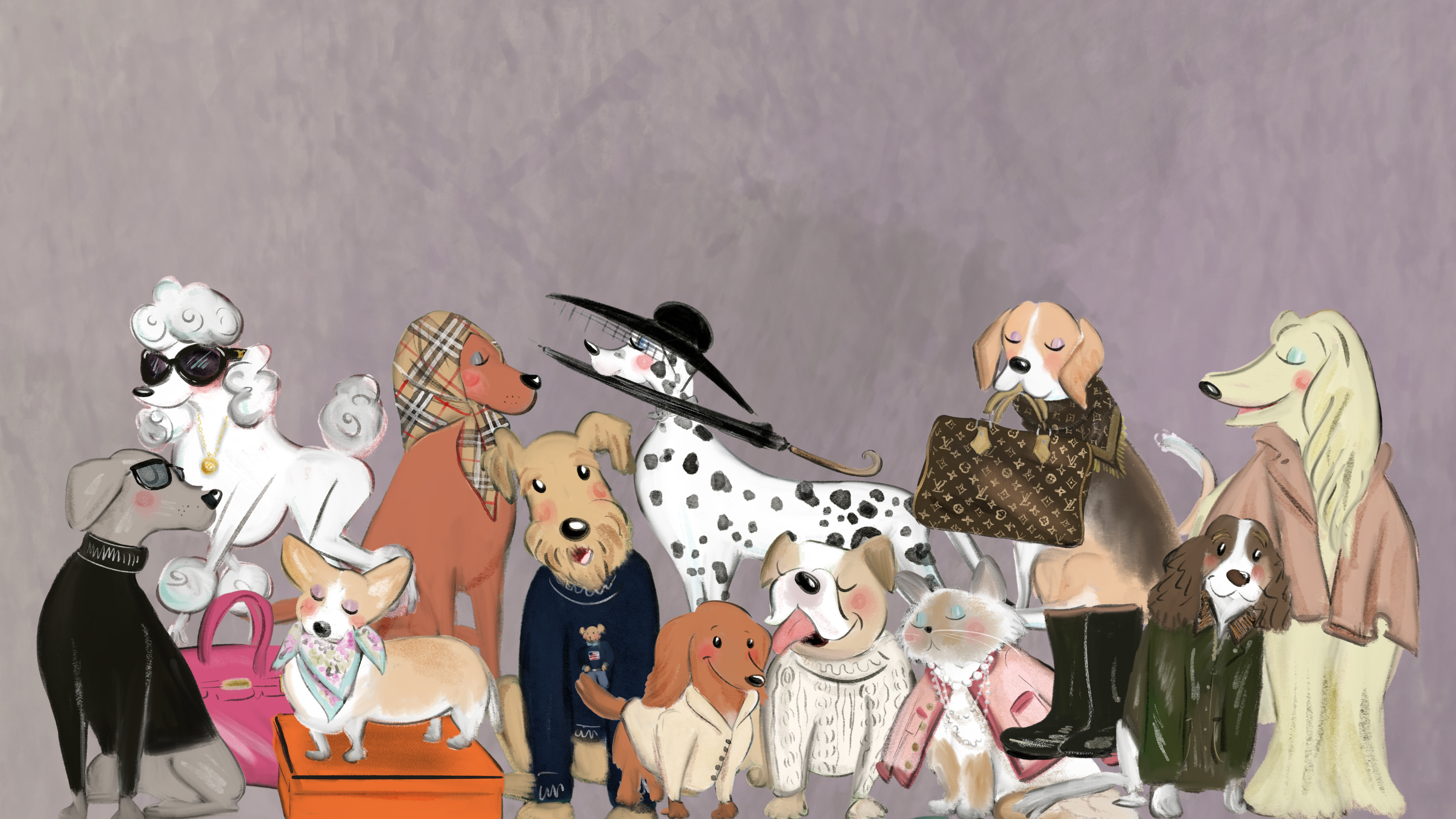 Haute dogs: How fashion’s finest would dress 11 dogs and one very spoilt cat if only they had the chance
Haute dogs: How fashion’s finest would dress 11 dogs and one very spoilt cat if only they had the chanceWe’ve matched some much-loved breeds to the designers that share their history, temperament and vibe — because why not. Illustrations by Tug Rice.
-
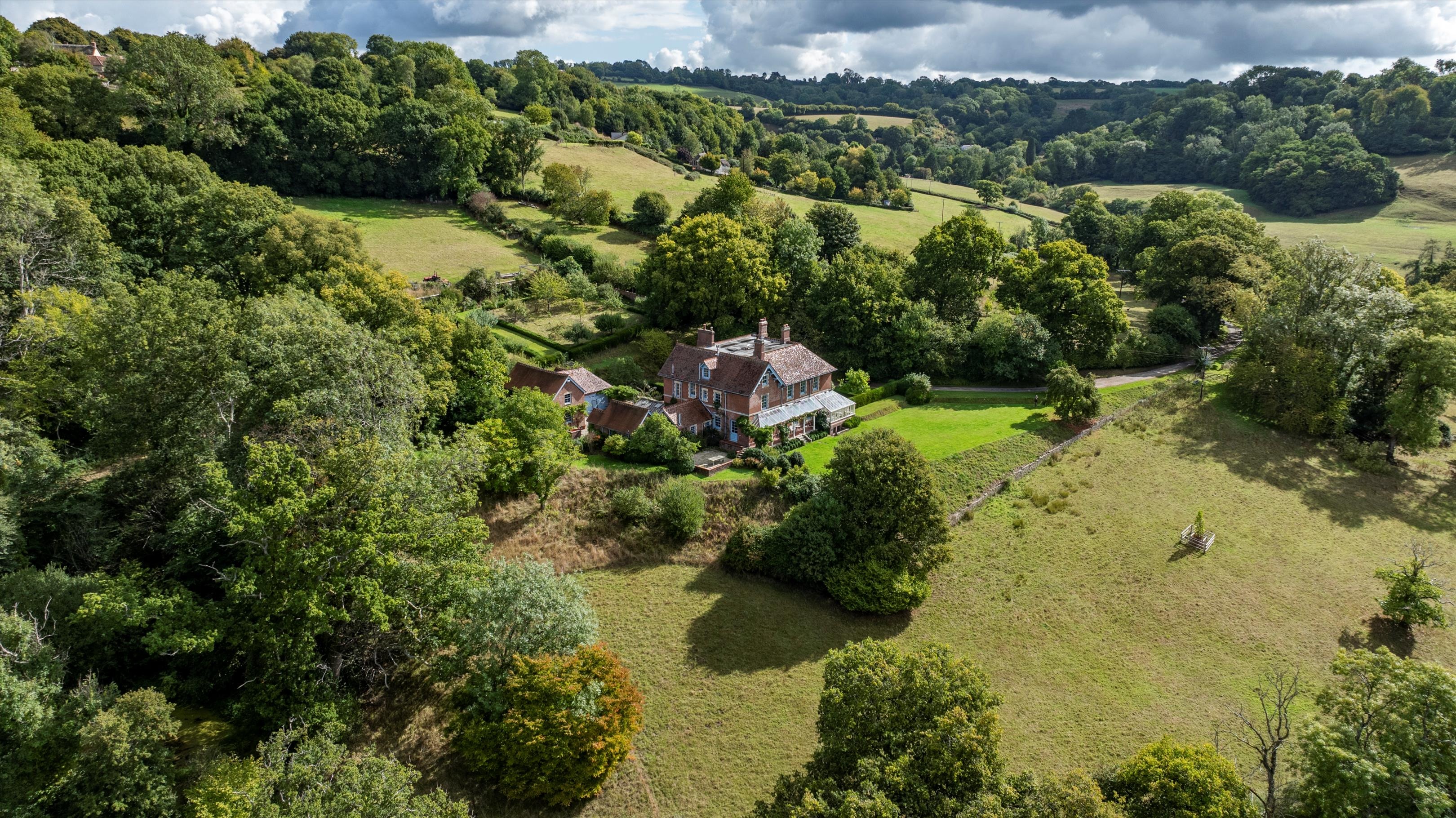 Utterly wonderful country homes for sale across Britain, from a 10-bedroom mansion to a Devon hideaway, as seen in Country Life
Utterly wonderful country homes for sale across Britain, from a 10-bedroom mansion to a Devon hideaway, as seen in Country LifeFrom an irresistibly charming house in Devon to a 400-year-old commutable home in Hertfordshire, here's our pick of some of the best homes to come to market via Country Life in the past week.
